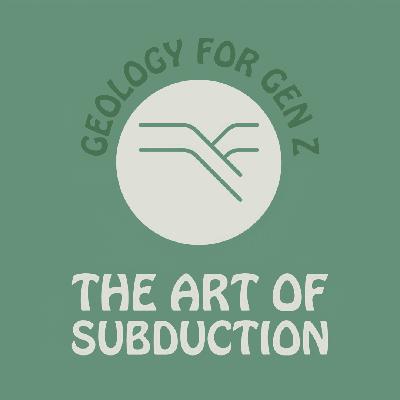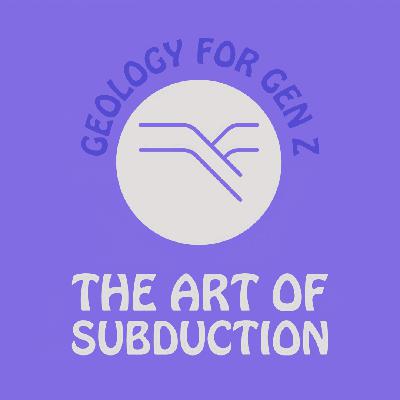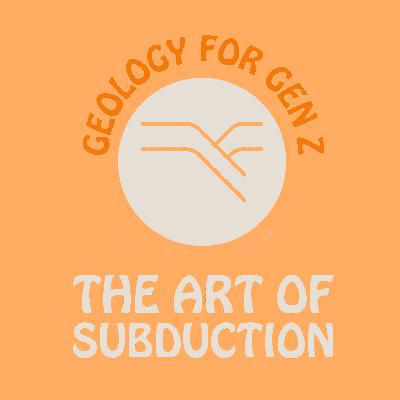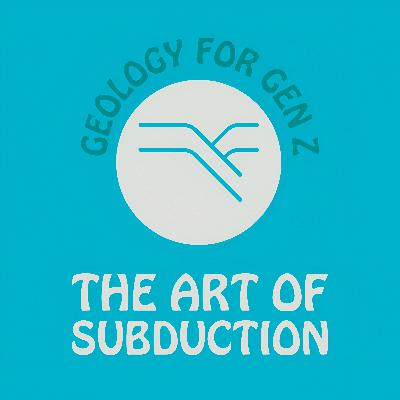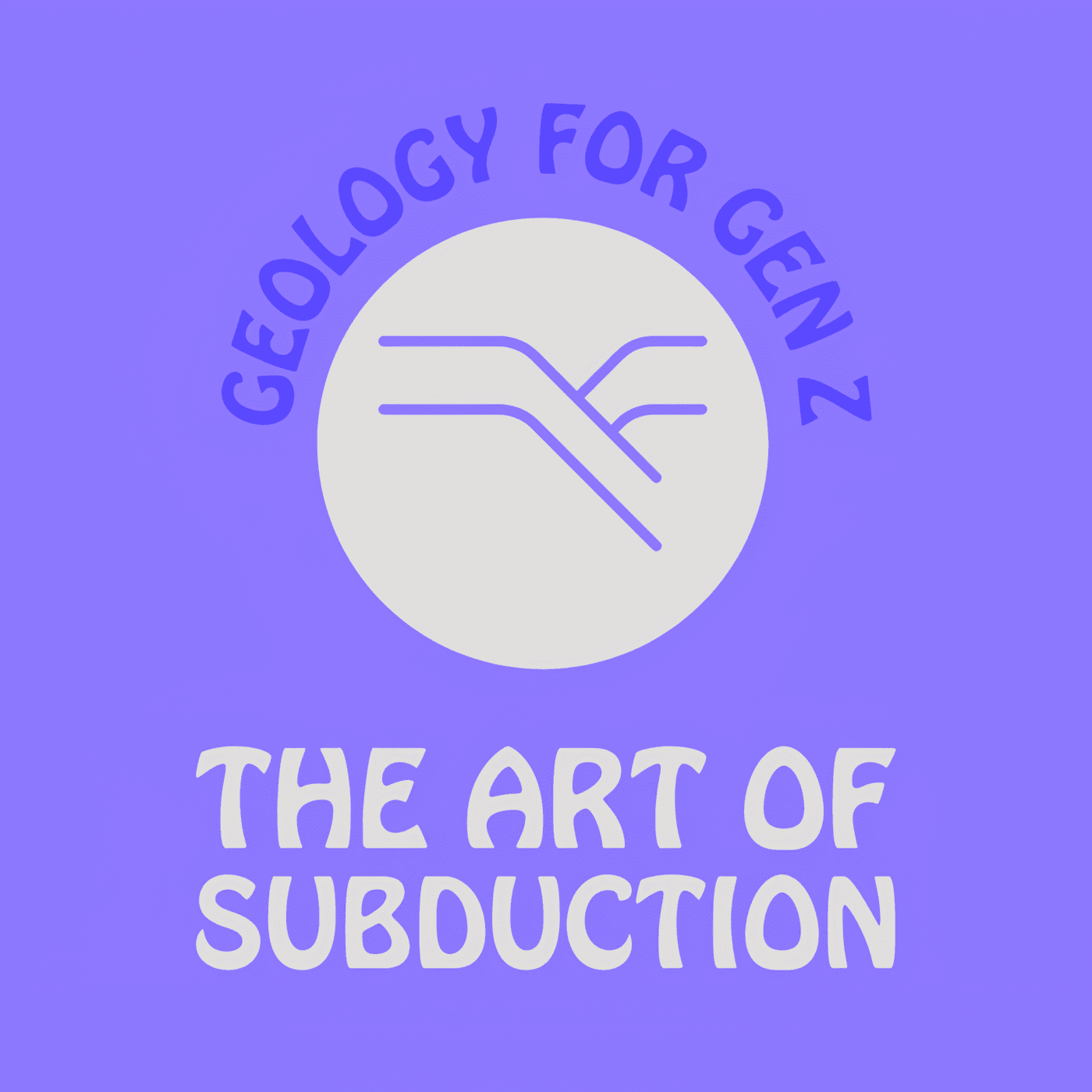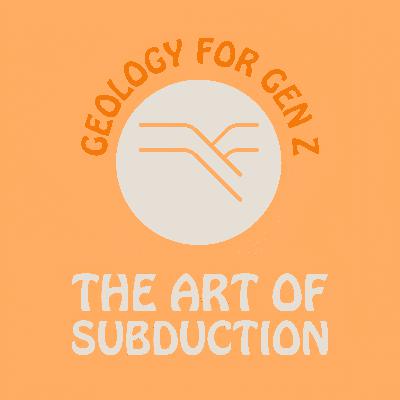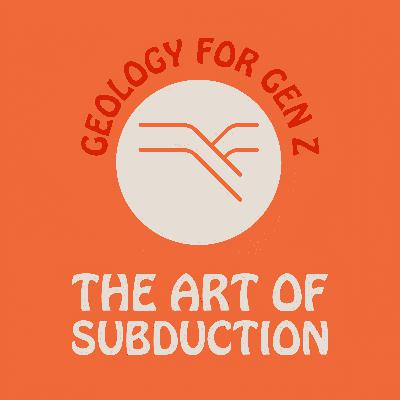Shell We Talk? A Day in The Life of a Yale Geobiologist (ft. Maoli Vizcaíno)
Description
In this episode, we crack open the microscopic world of marine plankton and deep-time data with Yale PhD candidate Maoli Vizcaíno. From dissolving 650-million-year-old Mongolian rocks to measuring microfossils the size of a grain of sand, Maoli takes us through her unexpected journey into geobiology and the surprising intersections between marine ecology, paleoclimate, and... sidewalk hammering?
We dive into what foraminifera can tell us about ancient oceans, how a tedious lab job turned into a passion for research, and why feedback loops and frozen Earths might just blow your mind. Whether you're team fieldwork, team lab coat, or just curious how life and rock shape each other, this episode will most definitely rock your worldview
——————
Did you like this podcast? Leave us a rating and review! Follow us on Spotify, Apple Music, or wherever else you get podcasts.
Got a lava questions or want to be featured next? Email me at dgaur@utexas.edu
——————
Transcript
Introduction and Guest Introduction
[00:00:00 ] Diya Gaur: Hello, everyone. Welcome back to the Art of Subduction. My name is Diya Gore, and today I'm here with
[00:00:19 ] Maoli Vizcaíno: Um, Maoli Vizcaíno.
[00:00:22 ] Diya Gaur: So, Maoli is a PhD candidate at Yale University, and she's currently Do you want to give an explanation of what exactly you do?
[00:00:31 ] Maoli Vizcaíno: Yes. Um, I am a fourth year PhD candidate here, um, at Yale. I study foraminifera, which are marine plankton, and a bit of paleocenography.
Slash, I guess, kind of more modern these days, also modern like, like marine ecology.
[00:00:51 ] Diya Gaur: Yeah. That's amazing.
Maoli's Journey into Marine Ecology
[00:00:53 ] Diya Gaur: So my first question is like, how did you get into this? This is like such a niche and like fascinating field. So is there a certain experience or like? You know, just any event that kind of led you into what you do now.
[00:01:05 ] Maoli Vizcaíno: Yes, um, yeah, so I had, um, this was not a life dream of mine. I did not grow up dreaming of the ocean, aside from, I feel like, really regular, like, yeah, let's go to the beach, because it's vacation vibes. Um, I, um, you know, I went to college, um, I got into college. I went to college. That was like, kind of the goal was ultimately college.
And then I got there and I was like, oh, I need to, uh, figure out what I'm doing here. Exactly. So I took a bunch of intro classes as one does, and my freshman year, one of my professors would advertise. job opportunities at the end of her class.
First Research Experience
[00:01:45 ] Maoli Vizcaíno: And, um, I applied, I hated my, oh, uh, this was my sophomore year actually, my sophomore fall.
So I hated my current job. Um, so I applied to work in her lab and I was just doing sample prep. So it was like, she had these rocks and I worked in the lab to, to solve them and pick out microfossils. Yeah. So I literally was just doing that as a job for like almost a year. And then I got a fellowship. a research fellowship and kept doing it like more seriously.
And so I think, um, not to, you know, start with the life lessons, you know, two minutes into the recording, but like, you really don't, there are so many people who are so amazing and know what they want to do their whole life and are super dedicated to it. And that's awesome. Um, and also though, you don't have to.
I didn't. And even my job, my first like research job, I got it because I was just working in the lab. She just needed someone to do the really tedious stuff. And I was like, I'm getting paid 15 an hour. I'm from Texas, which I mentioned to you before. So moving from Texas to Massachusetts, I was like, man, um, wow, 15 an hour, like I'll dissolve as many rocks as you want me to.
So. Yeah, anyway, I didn't know what I wanted to do and that job opportunity was literally just looking for a job and I ended up becoming more interested and working on that. And yeah, and so
[00:03:07 ] Maoli Vizcaíno: that first project really kind of started me on microfossils specifically. And it was in my master's where I started studying the forams themselves and I've been doing that ever since.
[00:03:20 ] Diya Gaur: That's really interesting.
Detailed Lab Work
[00:03:21 ] Diya Gaur: What was it that you initially did in the lab? Like, what was the more tedious stuff that you were just mentioning? Yeah. Sounds kind of fascinating, but Yeah,
[00:03:29 ] Maoli Vizcaíno: no, um, it was, it was cool. It was, it was tedious, but it was cool. There was, like, enough steps to where it didn't feel like I was, like, you know, copy paste, copy paste, or whatever.
It was like, I had these rocks that she gave me, um, from the field. Um, her colleagues went to Mongolia to get these rocks. Yeah. Oh, interesting. Yes. And so I would take them, I would wrap them in foil and squish them with a hammer. I would just like go out on the sidewalk and just smash them. And then I would put the pieces into like just a little plastic container and, um, dissolve them in acid for like however long it takes.
It took sometimes, it was like a couple days, sometimes it was a bit longer, or I'd like have to increase the concentration. And so once they were dissolved, then I would like wash the sediment. So, um, it's just like the really classic, like it all settles to the bottom. So you pour off and then like do the water on top.
And I had to do that several times. And then after that, I would dry them. So pour off as much water as I could and then just leave them to dry. Um, and then let's see, what did I do? Put them in, I would put them in like little like vials or whatever, and then put them on slides and then use a pipette to take out, like in water, to take out what I thought were fossils and put them on little slide thingies.
[00:04:54 ] Diya Gaur: Oh, wow, whoa, that's really cool actually, wait, that's really cool. So wait, how, I just can't imagine, like, those mussels must be really tiny then, right? Yeah,
[00:05:04 ] Maoli Vizcaíno: really small. Gosh, I, I should, I should know. It's kind of a while ago. Um, I should remember, but yes, very small. Um, we were measuring them in microns.
I'd say sub 250. Sub 250.
[00:05:20 ] Diya Gaur: Wow, okay, so those are really tiny then. Yeah, so was it like specifically or like just only the rock from Mongolia, or have you also like seen like rocks from other places, or?
[00:05:32 ] Maoli Vizcaíno: Yeah, so these ones, um, were from Mongolia specifically because of the age, so what we were trying to do was You know, find them to talk.
Oh gosh. Um, so these rocks were like 650 million years old. Oh my gosh. Yeah. And so they're in Mongolia is a great place to find rocks of this age. And yeah, so those were like really, really old. Really old fossils. Um, I, you know, through time have also moved more forward in time. Like my master's fossils were from the ocean.
So that was like drill core sediments, completely different process. They're not rocks. Um, so that's, that's great. Still kind of method of like picking out the specific ones you want, except with like, uh, they're like the fossils themselves are like little grains of sand. Um, cause these plankton, they make shells.
And so then when they die, the shells sink to the sea floor and it's just like sand. But they have specific shapes for each species. So you will know which one to pick, but they're so small. So you take a paintbrush, the smallest one you can, and sometimes you have to like even chop a lot of the little bristles off or whatever.
And then you dip that in water. And then you like just poke it, and then you put it on a slide, and the water acts as like an adhesive that sticks to it.
[00:06:57 ] Diya Gaur: Oh, interesting. Okay.
Interdisciplinary Nature of Geology
[00:06:59 ] Diya Gaur: So you're kind of like going both into like, I guess the more biological and like historical aspects of it? That's pretty interesting, honestly, like, I really love that intersection between geology and biology.
You know, I think I mentioned this a bit earlier, but I want to do something related to geobiology as a concentration, or like maybe just do undergrad research in the field, but you know, it's a new and like, or relatively new and emerging field, but you know, there's just so many possibilities with it, and I've mentioned this like quite a few times before on this podcast as well, like not many people understand that there's so many intersections between geology and like all these different sciences, and so it's really cool actually like You know, I think, um, I had this mentor who was in my, like, JJ Pickle research group at UT Austin, and, you know, he went on this trip to Antarctica, and he was telling me that he had this, like, field camp with, like, a bunch of like chemists, biologists, and like all these different types of people.
I'm like, whoa, that's so cool. Like, it's so interdisciplinary. I'm like, yeah, love that. So would you say like, you know, that more interdisciplinary side is like kind of what you went into the field like looking for? Or was there something specifically that stuck out to you about geology?
[00:08:15 ] Maoli Vizcaíno: Yeah, actually, this, yes, I agree.
That was really what drew me in as well. I feel like, you know, as a fellow Texan, you know, I'm sure that You know, you're extremely aware of like oil and gas and like that, that like lens for earth science, I think, um, going to college and I took, you know, like my intro geo class, um, it was called the co evolution of earth and life.
And I remember thinking it was so awesome, first o

